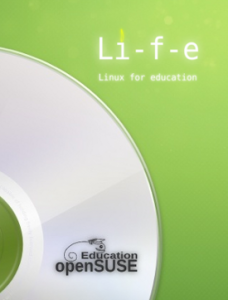Status of fgrlx & fglrx-legacy regarding next coming 12.3
fglrx
fglrx (Catalyst 13.1) drivers has been refreshed and published for 12.3 with the RC2 build.
During the first few days after the release, and fresh new build will be made with the final version, and first updates.
fglrx-legacy
fglrx-legacy (Catalyst 13.1) will never support (actually) xorg 1.13 which is the version that come in openSUSE 12.3. Even if it can handle kernel 3.8
So the previous build has been removed from the server. To insure end-users no trouble or hassle trying to get it working.
If you still have a radeon from hd2xxx to hd4xxx you’re welcomed to use the free radeon. It made progress and could eventually be as efficient as the proprietary drivers.
The bonus you get, you can report bug, and they will be fixable.
Status of mirrors
One year ago I announced the move to the new host for the package mirror. During that time, I’ve kept a redirection active, and also a symlink from ati to amd-fglrx
This time is over now, so please update your repositories
Repositories available
Spread the word
If I already updated the en.opensuse.org wiki page (even if the reviewing process is stuck actually), I need your help to spread the word, to reach any end-users that need those informations.
Notice about tumbleweed, evergreen
I saw several users, trying to use the one-click-installer with tumbleweed. Sorry this can’t work due to the lack of perfect recognition of tumbleweed. etc/SuSE-release is 12.2 actually.
So if you use tumbleweed you just have to install the tumbleweed repository (again one for fglrx, one for fgrlx-legacy depending on your gpu)
But beware, tumbleweed is a moving target, and the proprio drivers could stop working at any update, kernel or xorg
Evergreen : some users successfully use fglrx-legacy 13.1 with the kernel 3.0.58
 Today, we’ve got for you an introduction of the teams’ work on openQA by Alberto Planas Domínguez.
Today, we’ve got for you an introduction of the teams’ work on openQA by Alberto Planas Domínguez.
